What is sustainable wood?
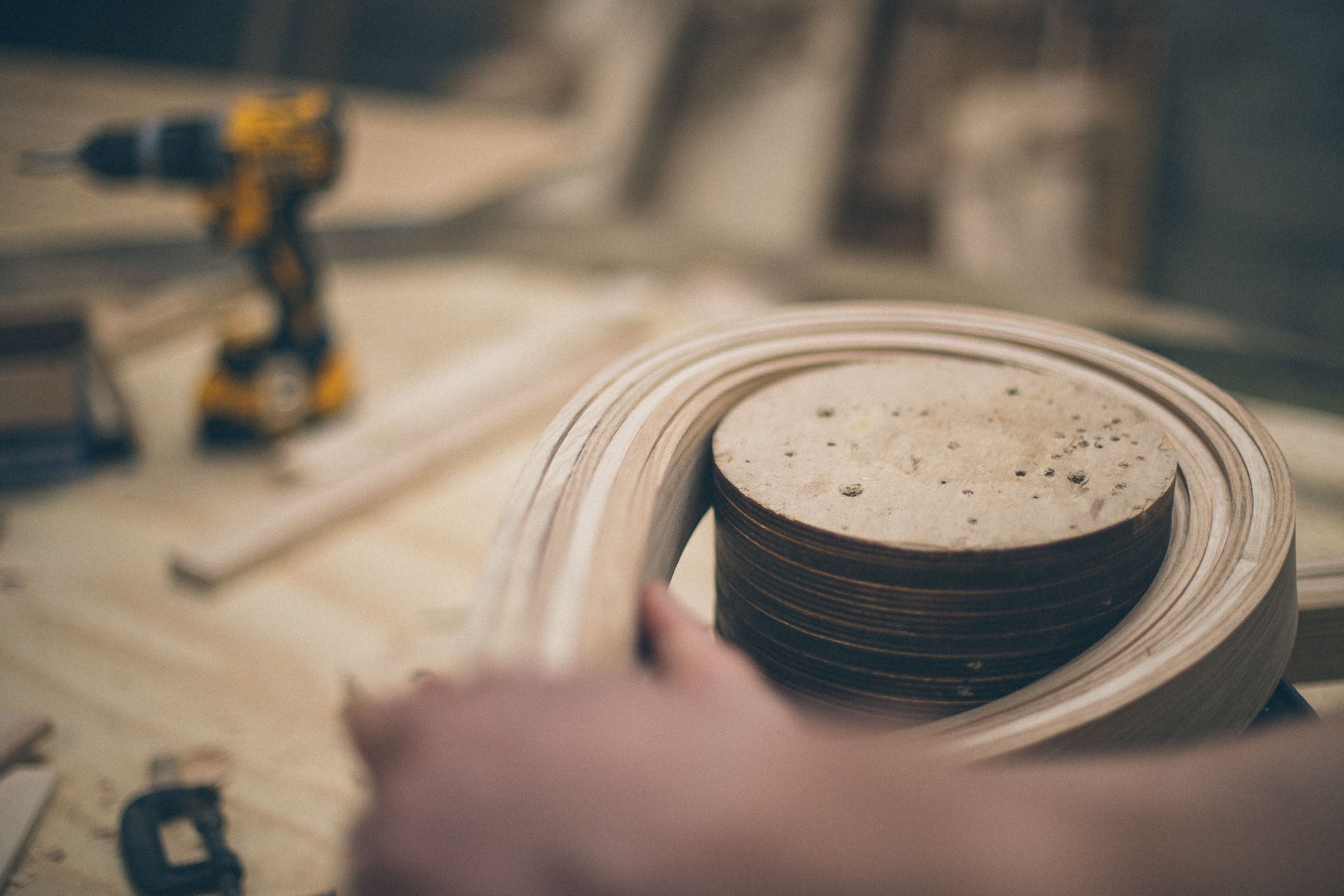
We believe that transparency over materials and manufacturing processes is key to a successful, sustainable business. With our love of the natural world a huge driving force behind the inspiration for our iconic designs (and of course our passion for steam bending wood) we thought we'd ask our founder, Tom Raffield, a few key questions about our favourite material.

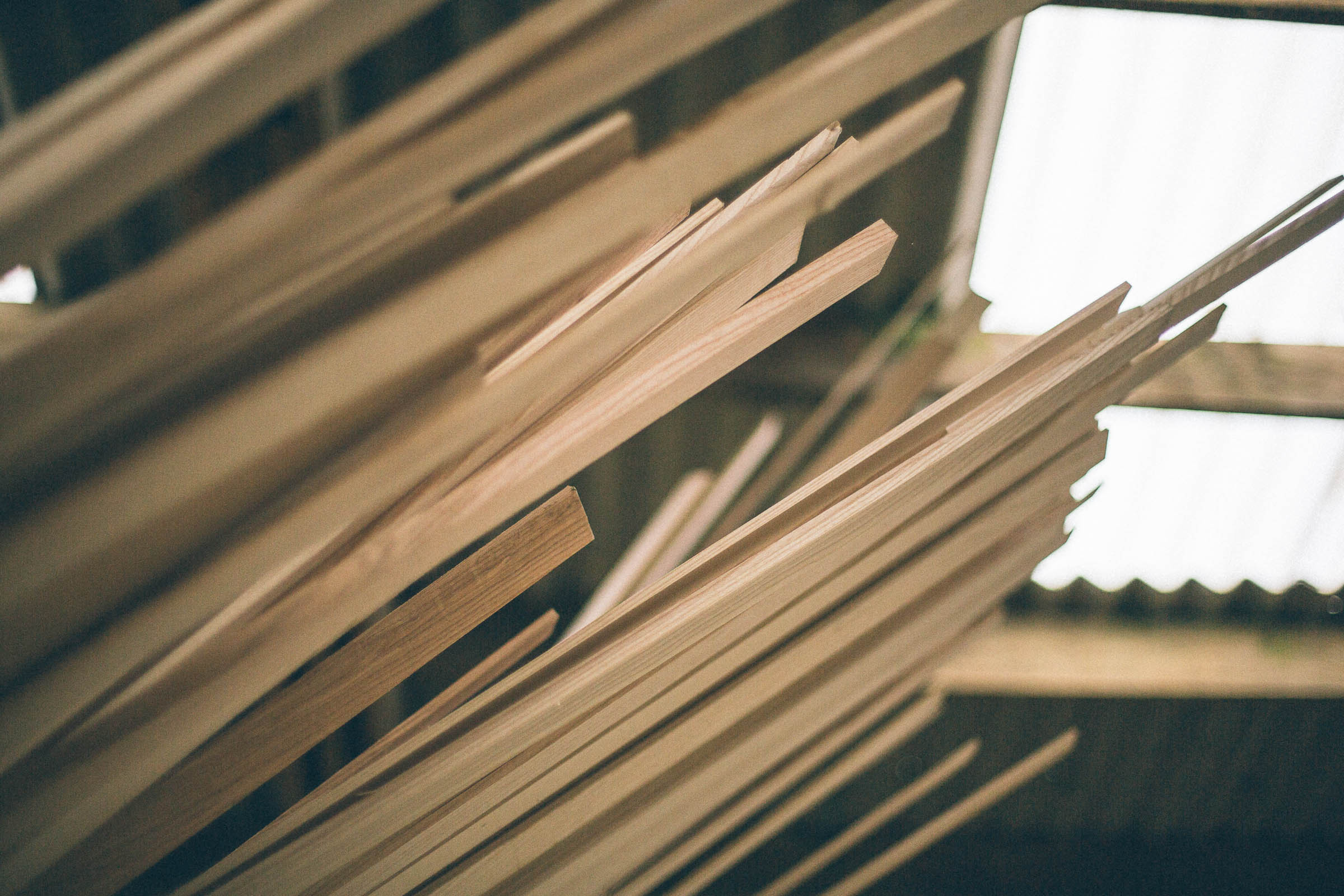
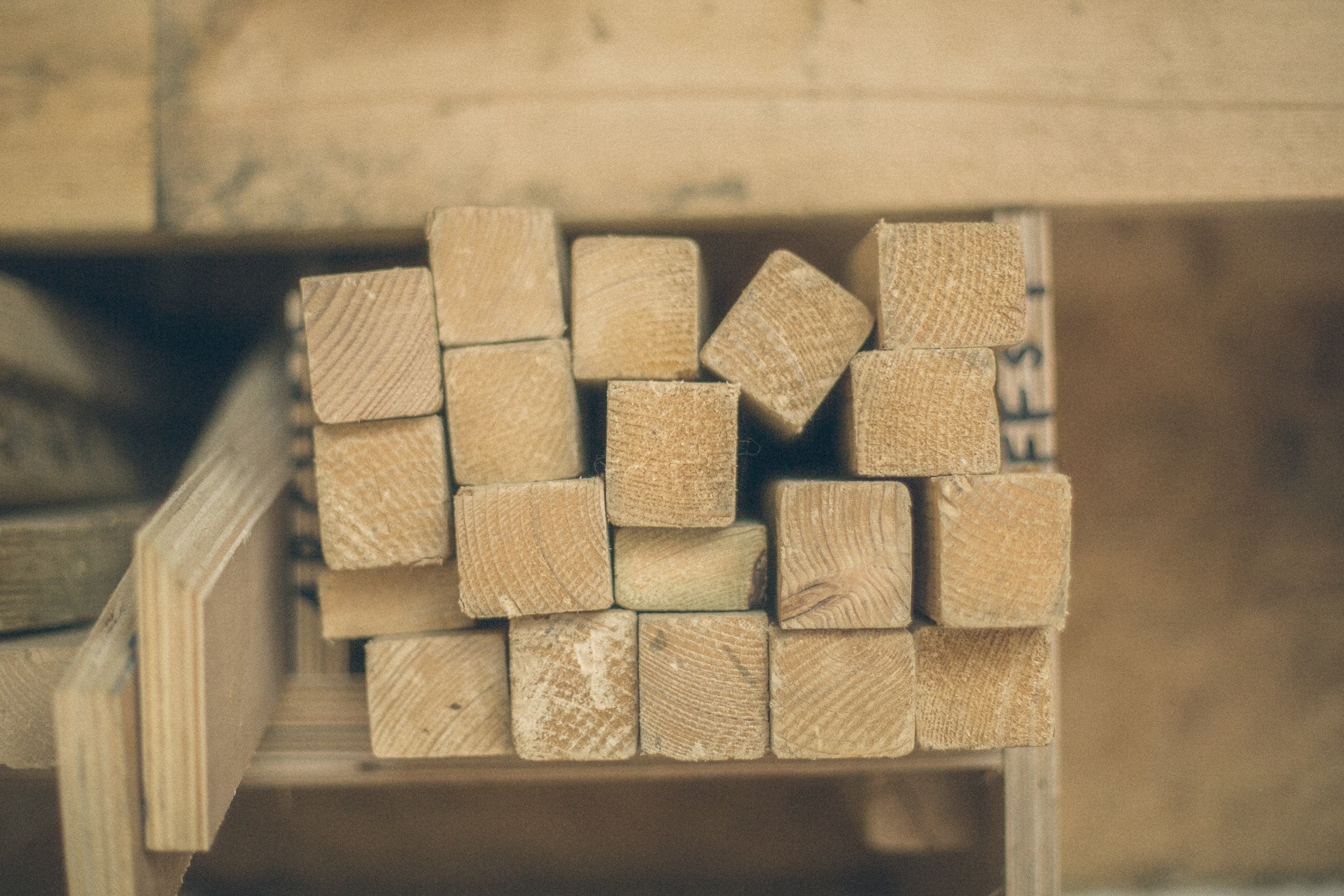
To you, what makes wood a sustainable material to work?
TR: As a natural material, wood can be regrown and replenished which makes it very sustainable in manufacture. We exclusively source the wood that we use to handcraft our lighting and furniture from responsibly managed forests. This means that the woodland that supplies us is carefully managed to prevent habitat loss and damage to local eco systems. These sustainable woodlands take a long-term approach to growing and harvesting wood as more trees are actually replanted than felled - making it an all round positive process, especially considering these trees are the most effective way of drawing in carbon from our atmosphere and helping to fight climate change.
By creating high-quality, long lasting homeware out of this wood, we are locking in all the carbon for years and years. Wood is also a reusable resource and its recycling needs less energy in comparison to other materials. Since we only use steam and manpower to bend the timber into our flowing biomorphic designs, our process is incredibly sustainable from start to finish. I’d go as far to say that investing in homewares crafted from wood provides an appreciation for nature and our beautiful planet.

You work predominantly with ash, oak and walnut wood – why?
TR: Temperate hardwoods like ash, oak and walnut steam bend well and also happen to be some of the most sustainable and local timers available to us so it makes perfect sense to utilise them. These three woods also offer three different tones: light, medium and dark. Their unique properties make our designs versatile and aesthetically appealing in an array of different interiors.

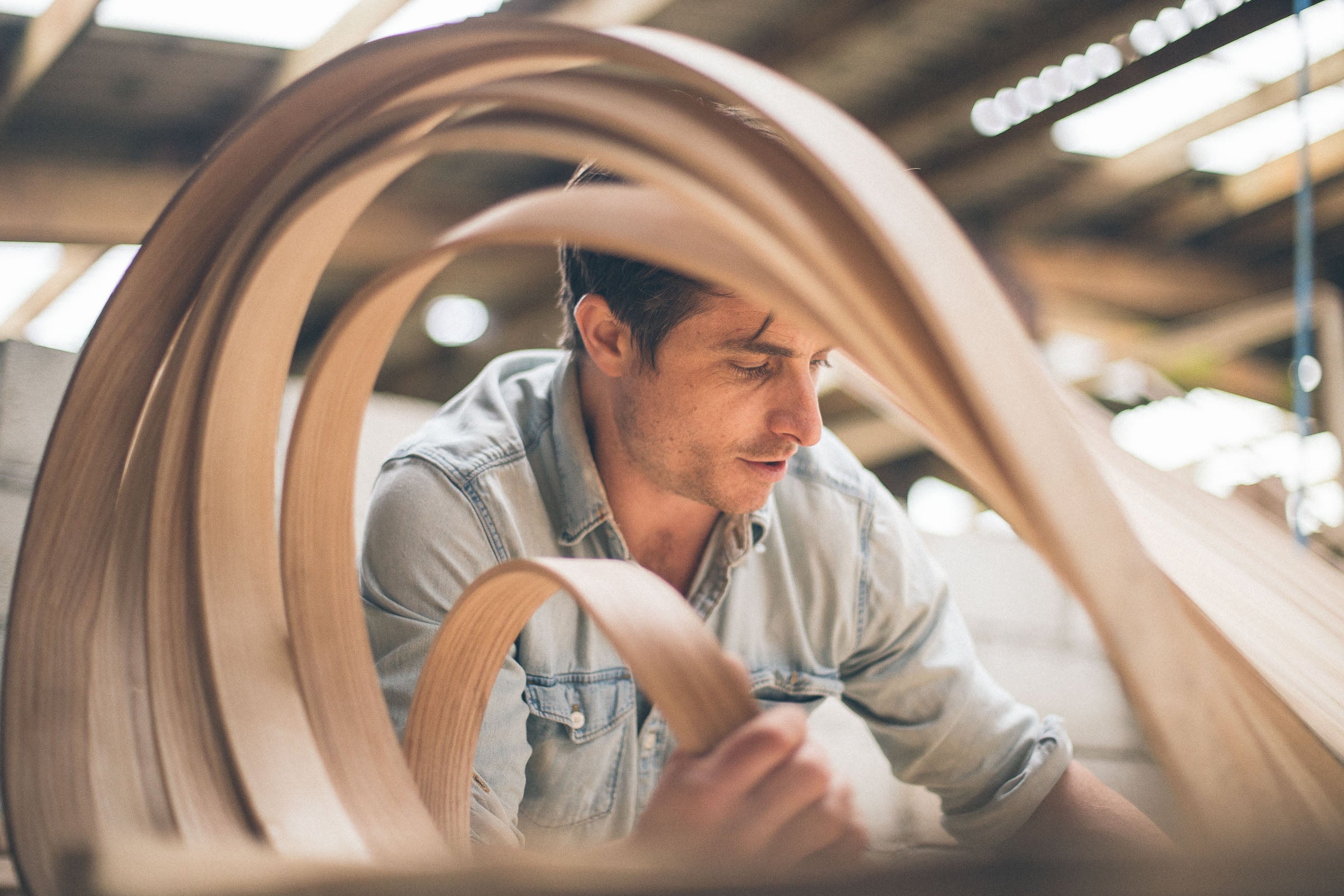
Are these trees sourced from different woodlands?
TR: Yes - our ash, oak and walnut timber comes from separate woodlands. We work closely with various different timber suppliers who know and understand the quality we need in order to make our long-lasting homewares. Our trusted suppliers also share our commitment towards sourcing responsibly and only using sustainable materials.
How do you ensure you only source sustainably grown wood?
TR: We only use sustainably sourced wood as it not only guarantees great quality timber but carries a certain environmental security. We always know that standards are being withheld and woodlands replenished.



What about the transportation of materials to your workshop? Is it best to use locally grown wood or buy from further afield?
TR: I would stress that it is always best to buy local but, and there is a big but here, only if the quality of the wood is fit for purpose and it is sustainably sourced.
In the early days of Tom Raffield we used to harvest our own timber from our own land and always use local woodlands. However, as our business grew, we sought to guarantee this increase in timber was coming from woodlands which were being replanted and consciously controlled. As this was not always a guarantee locally (mainly due to the climate in Cornwall) and the unfortunate lack of commercially managed woodland in the UK, we made the decision to source our wood from further afield - places such as France and Northern Italy.
Although, undeniably, the raw material has travelled further, the quality of timber is significantly better in order to reduce waste in our processes and also ensure the longevity of the product once it reaches our customer. The wood is faster growing and has a far straighter grain - making it easier to steam bend and resulting is less breaks during the process. Therefore, we weigh up the fact we can waste far less wood and produce all-round better quality products as a result.
The woodlands we work alongside are sustainable and very well managed and this gives us confidence in the quality and knowing we can provide eco-friendly and responsible products.
- Tom Raffield, Founder and Designer.
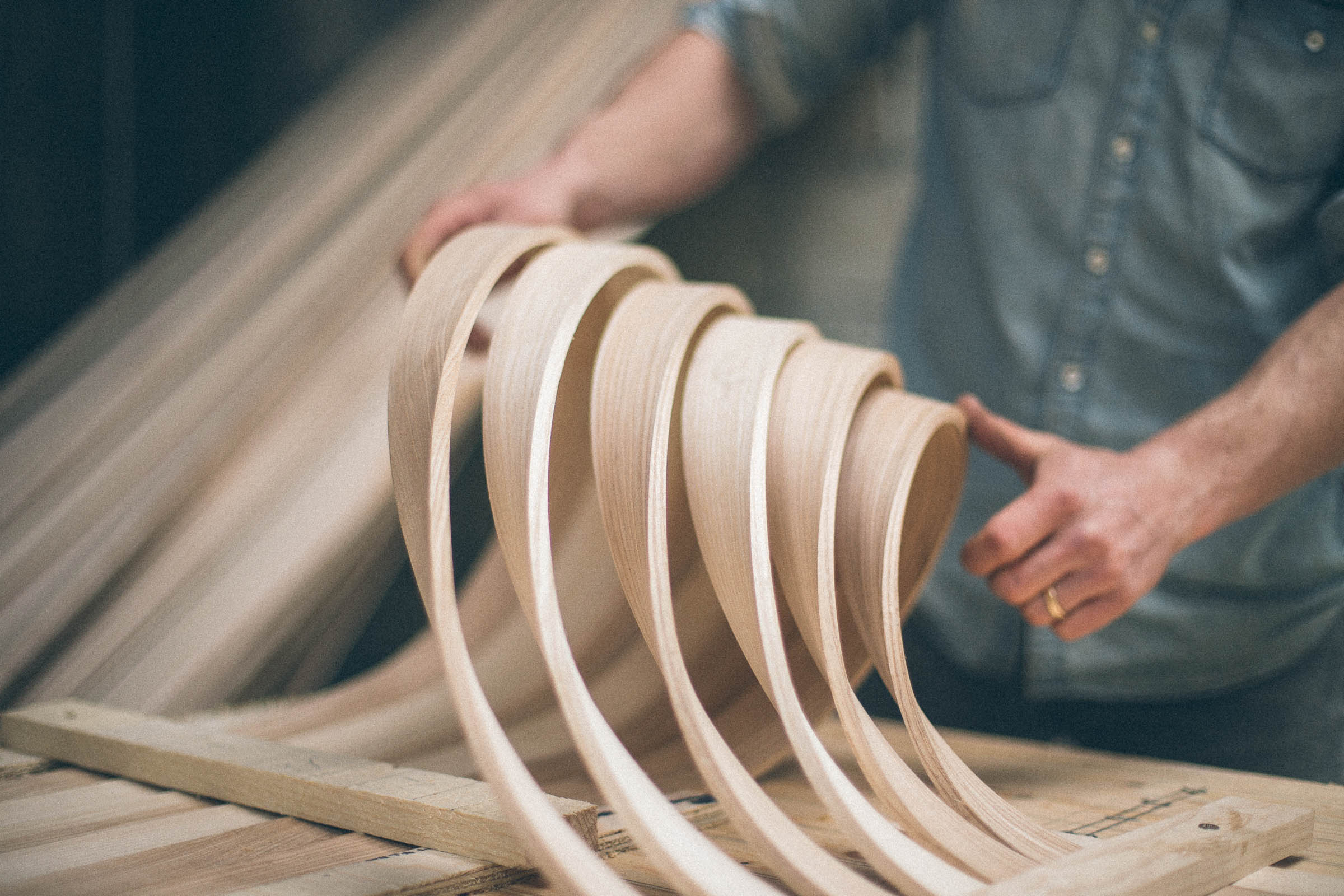
Is there a ‘sustainable scale’ that rates wood?
TR: Not currently. This could be an interesting idea though - and would allow companies and consumers more visibility over what they are purchasing. I think transparency within the design industry is going to be a better addressed topic in the coming years, with a real drive towards people wanting to buy sustainably and do their bit to help halt climate change.
Is there a wood you’d never work with due to it not being sustainable?
TR: We stay away from tropical timbers as these do not bend well but also come from some of the most at risk regions of deforestation in the world. By exclusively using temperate sustainable hardwoods (like oak, ash and walnut) in our designs we know that we're supporting woodlands in the northern hemisphere - which are actually increasing in size.

Posted: 12.02.21
Updated: 24.04.25